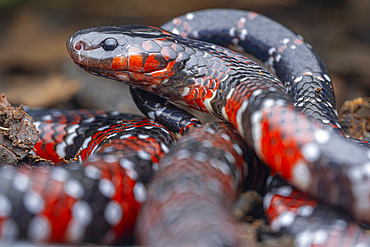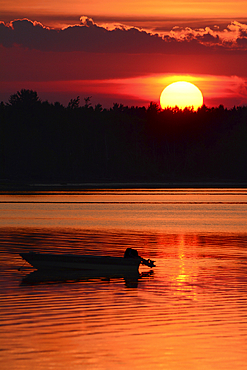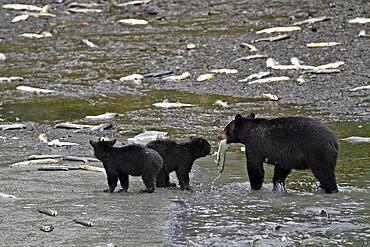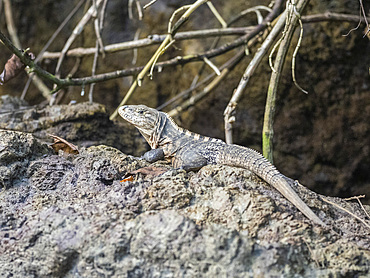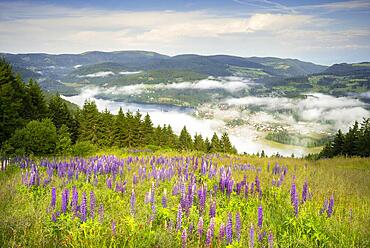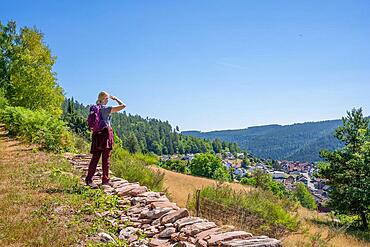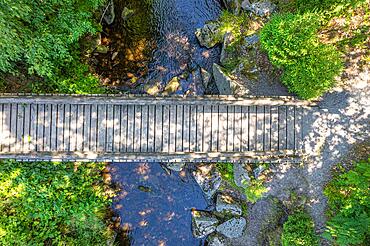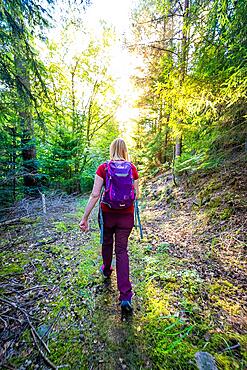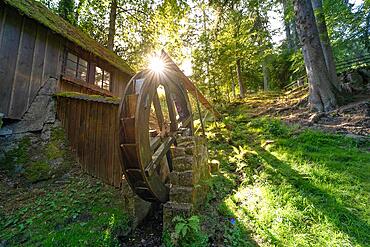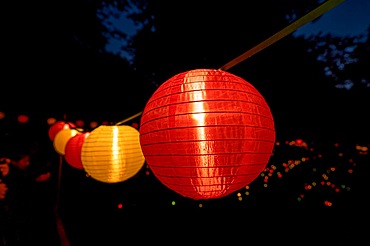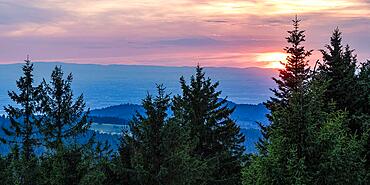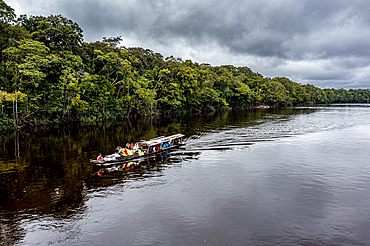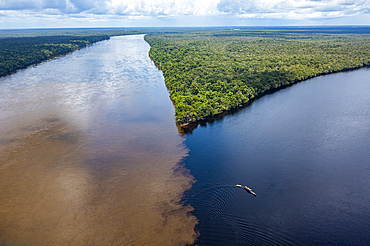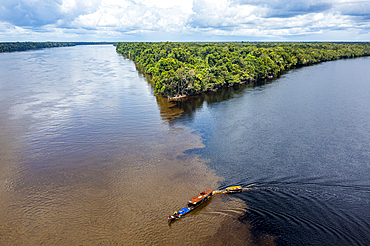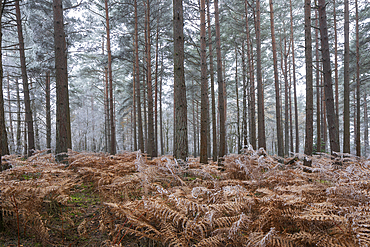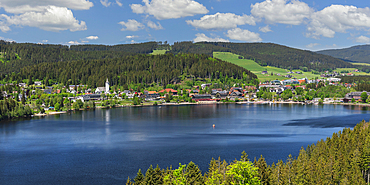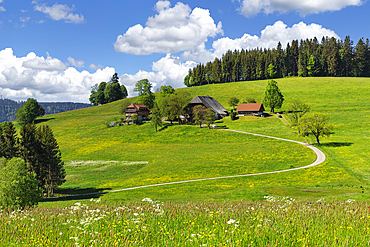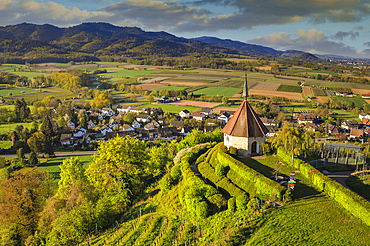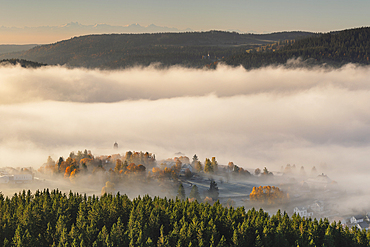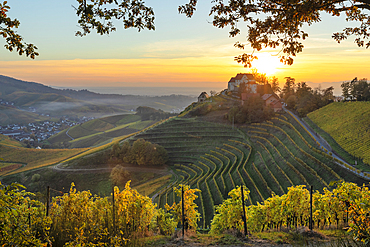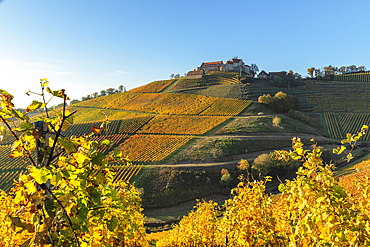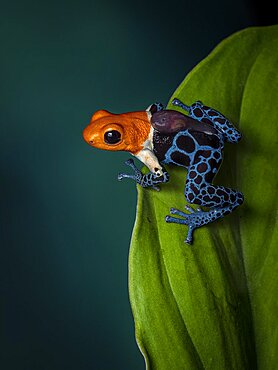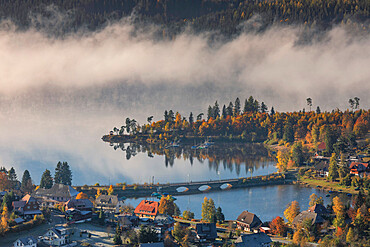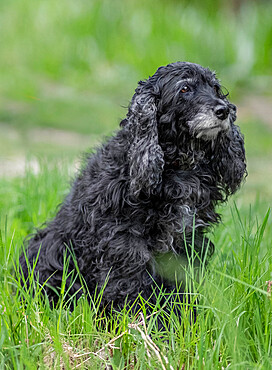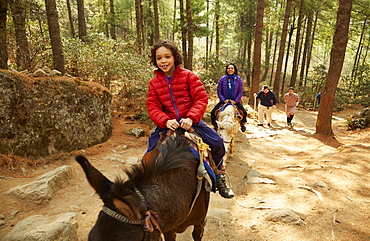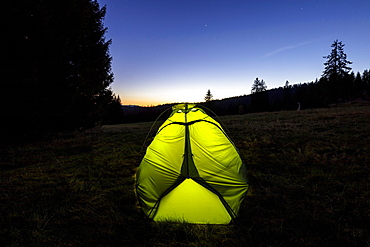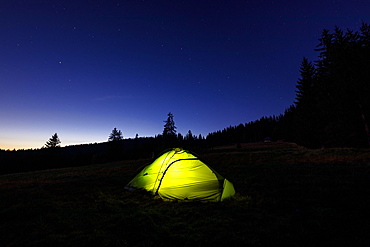Recent searches
Loading...
860-292315 - Ornate Coralsnake (Micrurus ornatissimus) - Yasuni National Park, Ecuador
1361-357 - Aerial view of a car driving through the snow covered forest on icy road, Akaslompolo, Finnish Lapland, Finland, Scandinavia, Europe
1361-355 - Aerial shot of a car crossing the boreal forest covered with snow, Akaslompolo, Finnish Lapalnd, Finland, Scandinavia, Europe
844-31909 - Aerial view of road through Black River Gorges National Park, Mauritius, Indian Ocean, Africa
844-31907 - Aerial view of road through Black River Gorges National Park, Mauritius, Indian Ocean, Africa
1116-52796 - A silhouetted boat at sunset at Cote a Fabien., Cote a Fabien, Kouchibouguac National Park, Kouchibouguac, New Brunswick, Canada.
832-402849 - American Black Bear (Ursus americanus) with two cubs standing in the water holding captured salmon in her mouth, rainforest, Prince William Sound, Alaska, USA, North America
832-402443 - Historic bridge at sunrise, Wildberg, Black Forest, Germany, Europe
832-402442 - Church tower in the green city centre, Calw, Black Forest, Germany, Europe
759-10816 - Black Canary Pines after Forest Fire in Teide National Park Area, Tenerife, Canary Islands, Spain
759-10815 - Black Canary Pines after Forest Fire in Teide National Park Area, Tenerife, Canary Islands, Spain
1112-7554 - An adult black spiny-tailed iguana (Ctenosaura similis) basking in the sun, Caletas, Costa Rica, Central America
832-401082 - Lake Titisee in the morning with clouds over the lake and the village, lupines in the foreground, Titisee-Neustadt, Upper Black Forest, Baden-Wuerttemberg, Germany, Europe
832-401081 - The lake Windgfaellweiher at sunset with coloured clouds, Upper Black Forest, municipality of Lenzkirch, Baden-Wuerttemberg, Germany, Europe
832-401078 - The Wildsee with its small islands in the Wildseemoor on a sunny day, Kaltenbronn nature reserve and forest reserve in the Black Forest, Baden-Wuerttemberg, Germany, Europe
832-400845 - Der Blauen, Markgraeflerland, Germany, Europe
832-400606 - Meadow with spring flowers in the sunlight, Gechingen, Black Forest, Germany, Europe
832-400595 - City in the fog at sunrise, Calw- Stammheim, Black Forest, Germany, Europe
832-400596 - High seat on tree in sunrise, Gechingen, Black Forest, Germany, Europe
832-400594 - Sheep in the light of the evening sun, Gechingen, Black Forest, Germany, Europe
832-400593 - Sheep in the light of the evening sun, Gechingen, Black Forest, Germany, Europe
832-400592 - Sheep in the light of the evening sun, Gechingen, Black Forest, Germany, Europe
832-400591 - Sheep in the light of the evening sun, Gechingen, Black Forest, Germany, Europe
832-400590 - Sheep in the light of the evening sun, Gechingen, Black Forest, Germany, Europe
832-400588 - Hiker woman standing on stones and looking at village in Black Forest, Sprollenhaeuser Hut, Bad Wildbad, Black Forest, Germany, Europe
832-400586 - Woman standing on wooden bridge looking at the river on the hiking trail Sprollenhaeuser Hut, Bad Wildbad, Black Forest, Germany, Europe
832-400587 - Aerial view of a wooden bridge over a small river in the forest on the hiking trail Sprollenhaeuser Hut, Bad Wildbad, Black Forest, Germany, Europe
832-400585 - Hiking couple sitting on tree trunk on the hiking trail Sprollenhaeuser Hut, Bad Wildbad, Black Forest, Germany, Europe
832-400583 - Blueberry pancakes at Restaurant Gruenhuette, Bad Wildbad, Black Forest, Germany, Europe
832-400584 - Hiker in the forest, Bad Wildbad, Black Forest, Germany, Europe
832-400582 - Aerial view of the Gruenhuette restaurant in the middle of the Endless Forest, Bad Wildbad, Black Forest, Germany, Europe
832-400581 - Historic water wheel in the sunshine, spa garden, Bad Wildbad, Black Forest, Germany, Europe
832-400579 - Jacket of the forest in off-road vehicle, Bad Wildbad, Black Forest, Germany, Europe
832-400580 - English church in the sunshine, spa garden, Bad Wildbad, Black Forest, Germany, Europe
832-399840 - Stone foot in the barefoot park in the forest, Schoemberg, Black Forest, Germany, Europe
832-399841 - Barefoot Park in the Forest, Schoemberg, Black Forest, Germany, Europe
832-399842 - Barefoot Park in the Forest, Schoemberg, Black Forest, Germany, Europe
832-399843 - Barefoot Park in the Forest, Schoemberg, Black Forest, Germany, Europe
832-399844 - Barefoot Park in the Forest, Schoemberg, Black Forest, Germany, Europe
832-399845 - Barefoot Park in the Forest, Schoemberg, Black Forest, Germany, Europe
832-399847 - Road to Stammheim at sunrise, Calw, Black Forest, Germany, Europe
832-399850 - Colourful lanterns in the dark for the Festival of Lights, Black Forest, Bad Wildbad, Germany, Europe
832-399849 - Star made of tea lights for the Festival of Lights, Black Forest, Bad Wildbad, Germany, Europe
832-399851 - Wildline suspension bridge in snow at sunset, Black Forest, Bad Wildbad, Germany, Europe
832-399603 - Historic town centre with sun star, Bad Wildbad, Black Forest, Germany, Europe
832-399604 - Empty tennis court from the air, Bad Wildbad, Black Forest, Germany, Europe
832-399914 - Stone circle on the Belchen, Black Forest, Germany, Europe
832-399918 - Cloud cover over the Wiesental, Black Forest, Germany, Europe
832-399354 - Road through forest to Klinikum Nordschwarzwald at sunrise, Calw, Black Forest, Germany, Europe
832-399200 - Schauenburg castle ruins, evening mood, Oberkirch, Ortenau, Northern Black Forest, Black Forest, Baden-Wuerttemberg, Germany, Europe
832-399199 - Schauenburg castle ruins, evening mood, Oberkirch, Ortenau, Northern Black Forest, Black Forest, Baden-Wuerttemberg, Germany, Europe
832-399039 - Landscape with cows, flowering meadows, trees, forest and a village, sunshine, Bernau im Black Forest, Baden-Wuerttemberg, Germany, Europe
832-399038 - Some farms, surrounded by meadows and forest, in the evening after a thunderstorm, with some deep clouds, at sunset, Black Forest, Baden-Wuerttemberg, Germany, Europe
832-399037 - The Roetenbachschluchthuette in the forest, with moss on the roof, Roetenbachschlucht, Black Forest, Baden-Wuerttemberg, Germany, Europe
832-399036 - Lake Titisee at sunset, in the foreground a duck on a stone, Black Forest, Baden-Wuerttemberg, Germany, Europe
832-398541 - Autumn Forest, Morning, Black Forest, Germany, Europe
832-398540 - Mushroom in autumn forest, morning, Black Forest, Germany, Europe
832-398790 - View from Schliffkopf at sunset in the Black Forest National Park, Forest, Northern Black Forest, Black Forest, Baden-Wuerttemberg, Germany, Europe
832-398789 - View from Schliffkopf at sunset, trees, forest, Black Forest National Park, Northern Black Forest, Black Forest, Baden-Wuerttemberg, Germany, Europe
1184-8074 - Illegal miners on their boat on the black Pasimoni River, in the deep south of Venezuela, South America
1184-8073 - Illegal miners on their boat on the black Pasimoni River, in the deep south of Venezuela, South America
1184-8072 - Little boat on the meeting point of the Casiquiare River and black Pasimoni River, in the deep south of Venezuela, South America
1184-8071 - Aerial of the black Pasimoni River, in the deep south of Venezuela, South America
1184-8070 - Little boat on the meeting point of the Casiquiare River and black Pasimoni River, in the deep south of Venezuela, South America
846-3181 - Snowdrops (Galanthus) growing beside stream in woodland in late afternoon sunlight, Burghclere, Hampshire, England, United Kingdom, Europe
846-3180 - Scots pine (pinus sylvestris) trees and orange bracken in freezing fog, Bucklebury Common, near Newbury, Berkshire, England, United Kingdom, Europe
1350-6678 - Strawberry Poison Frog (Dendrobates pumilio), adult, Bastimentos National Park, Bocas del Toro, Panama. The strawberry poison frog or strawberry poison-dart frog (Oophaga pumilio or Dendrobates pumilio) is a species of small amphibian poison dart frog found in Central America. It is common throughout its range, which extends from eastern central Nicaragua through Costa Rica and northwestern Panama. The species is often found in humid lowlands and premontane forest, but large populations are also found in disturbed areas such as plantations. The strawberry poison frog is perhaps most famous for its widespread variation in coloration, comprising approximately 15���30 color morphs, most of which are presumed to be true-breeding. O. pumilio, while not the most poisonous of the dendrobatids, is the most toxic member of its genus. The species is most diverse in Panama with varieties in vivid shades of all red, orange, blue, yellow or green, green and yellow, white with red, orange or black and spotted varieties. The most colorful mix is found in Isla Bastimentos Marine National Park though not all in one place. Colors vary by location. A beach on the north side of the island is named after the species. Two of Southern Explorations' Panama tours visit red frog habitat. Both the eight-day Panama Adventure trip and eleven-day Panama Highlights trip spend time in Isla Bastimentos Marine National Park and the former also goes to Red Frog Beach.
The red frog is not as poisonous as some of its cousins and is not a threat to humans. It subsists on a diet of ants that dine on poisonous plants, providing the red frog its protective skin toxin. Males attract females with a loud quick chirp. To hear the distinctive sound before you depart on your Panama tours, go to the University of Michigan Museum's biodiversity website (www.animaldiversity.ummz.umich.edu.) After birth, the tadpoles climb aboard the mother who deposits them in different protected areas where she retu
1112-7162 - Adult black-browed albatross (Thalassarche melanophris), in flight in Lapataya Bay, Tierra del Fuego, Argentina, South America
1160-5042 - Schloss Staufenberg Castle, Durbach, Black Forest, Baden-Wurttemberg, Germany, Europe
1160-5048 - St. Trudpert Monastery, Munstertal Valley, Southern Black Forest, Baden-Wurttemberg, Germany, Europe
1160-5051 - Titisee Lake, Southern Black Forest, Baden-Wurttemberg, Germany, Europe
1160-5050 - Black Forest house, Breitnau, Black Forest, Baden-Wurttemberg, Germany, Europe
1160-5045 - Olbergkapelle Chapel near Ehrenstetten, Markgrafler Land, Black Forest, Baden-Wurttemberg, Germany, Europe
1160-5043 - Early morning fog over Schluchsee Lake, Southern Black Forest, Baden-Wurttemberg, Germany, Europe
1160-5044 - View over vineyards to Kappelrodeck in autumn, Black Forest, Baden-Wurttemberg, Germany, Europe
1160-5052 - Dominican Monastery with Heilig Kreuz collegiate church, Horb am Neckar, Black Forest, Baden-Wurttemberg, Germany, Europe
1160-5046 - Schloss Staufenberg Castle, Durbach, Black Forest, Baden-Wurttemberg, Germany, Europe
1160-5047 - Schloss Staufenberg Castle, Durbach, Black Forest, Baden-Wurttemberg, Germany, Europe
1160-5049 - View from Breitnau to Feldberg Mountain, Black Forest, Baden-Wurttemberg, Germany, Europe
860-291197 - Poison frog (Ranitomeya benedicta), Peru
860-291196 - Poison frog (Ranitomeya fantastica), ?Nominal? morph, male carrying tadpole, Peru
860-291175 - Celebes crested macaque (Macaca nigra) is standing on a black sand sea beach. Indonesia. Sulawesi.
860-291315 - Forest Flame Snake (Oxyrhopus petola petola), on black background
1160-4971 - Munstertal Valley, Southern Black Forest, Baden-Wurttemberg, Germany, Europe
1160-4969 - Early morning fog, Schluchsee, Black Forest, Baden-Wurttemberg, Germany, Europe
1160-4972 - Triberg Waterfalls, Black Forest, Baden-Wurttemberg, Germany, Europe
1160-4970 - Lenzkirch-Saig in autumn, Black Forest, Baden-Wurttemberg, Germany, Europe
1160-4967 - Lake Titisee, Southern Black Forest, Baden-Wurttemberg, Germany, Europe
1336-550 - Black Cocker Spaniel dog breed sitting in the grass, Italy, Europe
1336-538 - Black Cocker Spaniel dog running and jumping over a stick in the woods, Italy, Europe
832-397038 - Feeding a goat, Black Forest, Sasbachwalden, Baden-Wuerttemberg, Germany, Europe
832-397033 - Hornisgrinde in the fog, Sasbachwalden, Baden-Wuerttemberg, Germany, Europe
1178-43256 - Mixed Race mother and son riding horses
832-396929 - Drone photo, drone shot of All Saints Monastery with car park and ruins in winter, snow, serpentine, Oppenau, Black Forest, Baden-Wuerttemberg, Germany, Europe
1113-107429 - Winter mood with snow, Freiburg Minster, Freiburg im Breisgau, Black Forest, Baden-Württemberg, Germany
1113-107430 - Winter mood with snow, Blue Bridge, Freiburg im Breisgau, Black Forest, Baden-Württemberg, Germany
1113-107428 - wintry trees with morning mist, sunrise, Dreisamtal, Kirchzarten, near Freiburg im Breisgau, Black Forest, Baden-Württemberg, Germany
832-396339 - Illuminated green tent at the edge of the forest, starry sky, Todtnauberg, Black Forest, Baden-Wuerttemberg, Germany, Europe
832-396340 - Illuminated green tent at the edge of the forest, starry sky, Todtnauberg, Black Forest, Baden-Wuerttemberg, Germany, Europe
832-396338 - Green tent on a forest meadow in the morning light, Todtnauberg, Black Forest, Baden-Wuerttemberg, Germany, Europe
